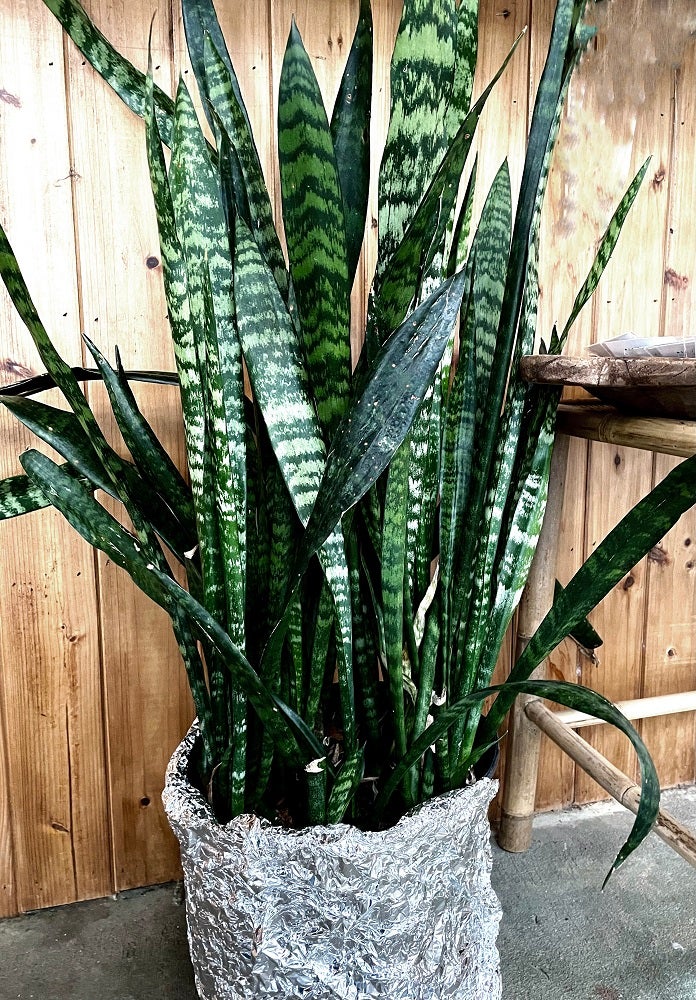Riding the winter roller coaster
Published 7:00 am Tuesday, January 10, 2017
The temperature roller coaster that is winter in south Mississippi is giving us quite a ride during the first two weeks of 2017.
We began last week at the top of the hill with highs on Monday in the low 70s. Then we started a slow glide downward until Friday when the bottom dropped out. We bottomed out on Sunday morning with our hardest freeze of this winter when lows plummeted to the low 20s.
Strong north winds on the eastern side of an intense, cold dome of high pressure centered over the Great Plains made it feel even colder than the actual air temperature with wind chills dropping into the teens at various times over the weekend.
By Sunday the high pressure system was centered over the Gulf South. New Orleans’ atmospheric pressure rose to 30.78 inches as measured by the National Weather Service’s barometer. That is very close to the New Orleans’ all-time record of 30.83 inches set in 1924.
The arctic air mass over us was not only cold, but also extremely dry. I don’t have any data, but my guess is that local retail stores were doing a thriving business in Chap Stick and hand and body lotion.
Who would have thought that today we would be flirting with a high temperature near 70 degrees?
The high pressure that brought the frigid weekend to most of the U.S. east of the Rocky Mountains has moved quickly off the East Coast.
Now we are on the western side of the high pressure,
and our winds have shifted and are blowing out of the south. The recent cold and dry air has been replaced with mild, moist air from the Gulf of Mexico.
This high humidity air is moving over cold waters near the coast and cold ground. As the moist air comes in contact with these cold surfaces, the moisture in the air is going to condense. That’s a recipe for thick fog, especially at night and in the early mornings, as well as slippery concrete porches and patios.
Last Friday as the arctic air arrived we were very close to sleet and freezing rain. But, as often happens near the Gulf Coast, by the time the freezing temperatures had arrived, drier air was also moving into the region, effectively shutting down the precipitation.
Our neighbors to the north in places like Jackson and Birmingham had quite the wintry mess on their roads Friday night and Saturday morning. Relatively warm air aloft kept the precipitation in those cities more icy than snowy.
The best snowfalls were further north, where there was plenty of cold air aloft, in a band stretching from Oklahoma across Arkansas, Tennessee, and eastward to the Atlantic. Some places in North Carolina and Virginia received over a foot of snow.
The next front is forecast to remain stalled to our north and west. Southerly winds will keep pumping moisture into the Gulf South. While there will be enough moisture to give us a slight chance of showers for the rest of the week, the next major weather disturbance is not forecast to impact us until Sunday or Monday, when it will increase our rain chances into the likely category.
By Skip Rigney




